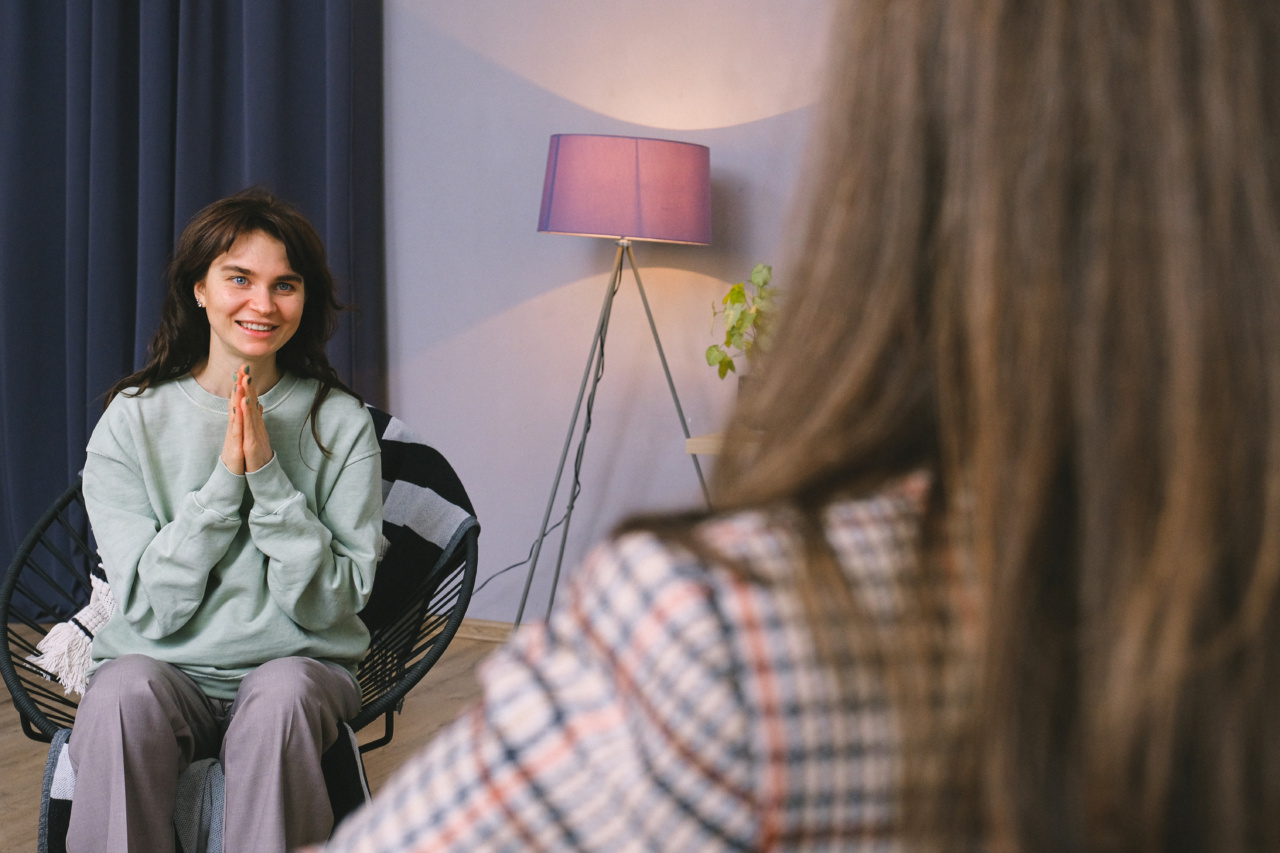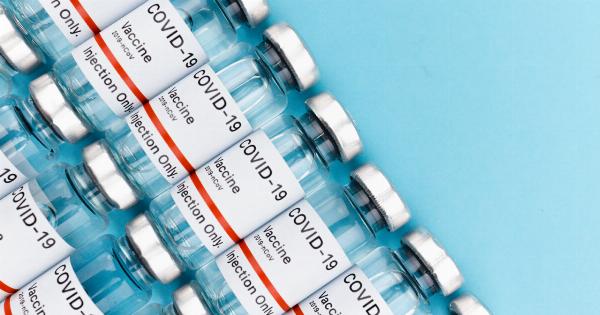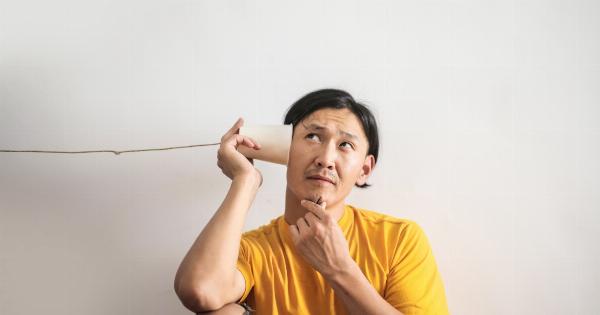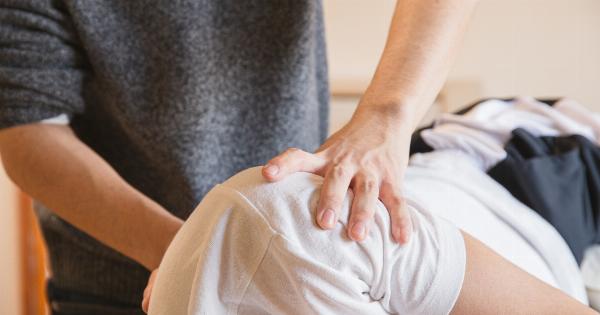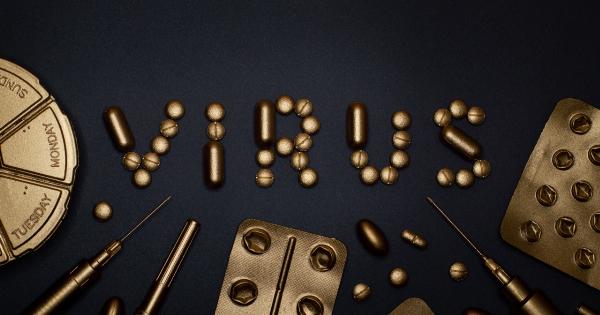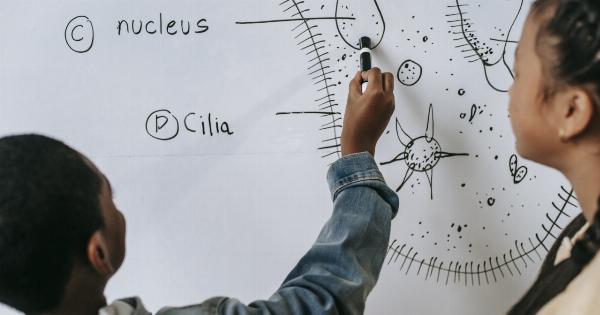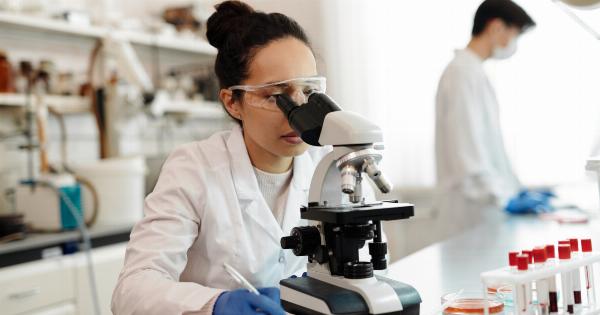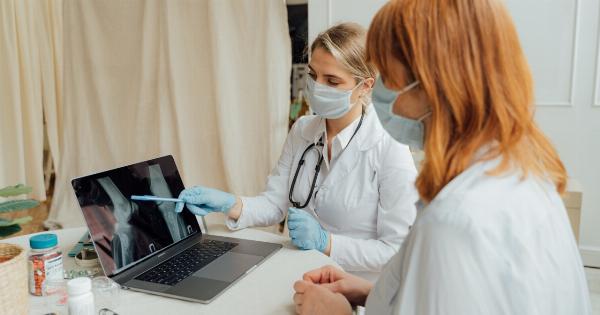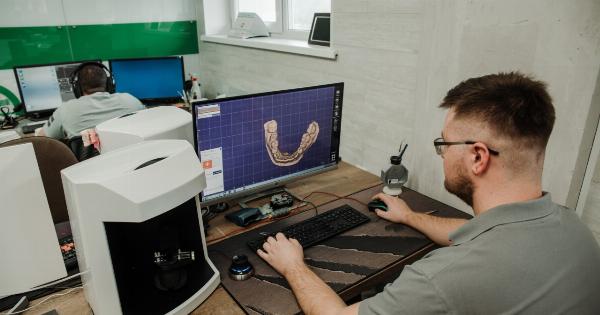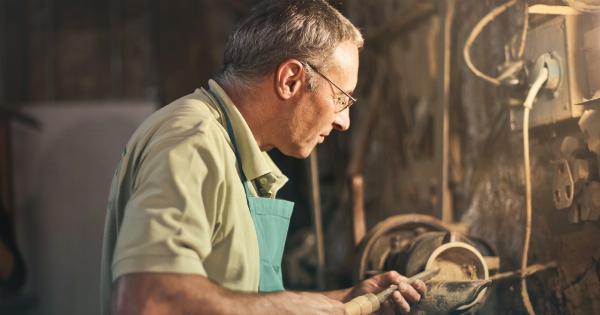Vaginal and uterine aplasia is a rare condition where a girl is born without a vagina or uterus. This condition affects approximately 1 in 5,000 women. It is a very difficult and traumatic experience for the patient and their family.
The traditional approach to treating vaginal and uterine aplasia is a complex series of surgeries that can leave patients with permanent scarring and long-term pain. A new surgical approach, using tissue engineering technology, has been developed to help these young patients. This approach has the potential to revolutionize the way that we treat this condition.
What is vaginal and uterine aplasia?
Vaginal and uterine aplasia is a rare and congenital condition where a girl is born without a vagina or uterus.
This can occur when the Mullerian ducts, which are responsible for the development of the female reproductive system, do not form properly during embryonic development. The severity of the condition can vary greatly depending on the person. Some women may have functional ovaries and fallopian tubes, but no uterus or vagina, while others may have no functional reproductive organs at all.
The Traditional Approach to Treating Vaginal and Uterine Aplasia
The traditional approach to treating vaginal and uterine aplasia involves a series of surgeries, including vaginal dilation, hymenectomy, and vaginoplasty. These surgeries can be very invasive and often require long recovery times.
The first surgery, vaginal dilation, is typically done during puberty to help stretch the vagina. This is followed by a hymenectomy, which removes any tissue that may block the opening of the vagina. And finally, a vaginoplasty is done to create a neovagina.
While these surgeries can be successful in creating a functioning vagina, they can also leave patients with permanent scarring and long-term pain. In addition, because there is no uterus, these patients cannot carry a pregnancy to term.
Tissue Engineering and Regenerative Medicine
Tissue engineering and regenerative medicine involve the use of living cells, biomaterials, and other techniques to regenerate, repair, or replace biological tissues and organs.
This new field of medicine has the potential to revolutionize the way that we treat many diseases and conditions, including vaginal and uterine aplasia.
The use of tissue engineering in the treatment of vaginal and uterine aplasia involves creating a neovagina using the patient’s own cells. The process starts with a biopsy of the patient’s own vulvar tissue.
From there, scientists can isolate the cells that are responsible for creating new tissue and then grow those cells in the lab. Once enough cells have been grown, they are seeded onto a scaffold made of biodegradable material that will eventually be absorbed by the body. This scaffold is then implanted in the patient and serves as a foundation for the new tissue to grow on.
Over time, the cells on the scaffold will continue to grow and the scaffold will be absorbed by the body, leaving behind a functioning neovagina.
The Advantages of Tissue Engineering
The use of tissue engineering in the treatment of vaginal and uterine aplasia has several advantages over the traditional surgical approach. Because the tissue is grown using the patient’s own cells, there is no risk of rejection or infection.
In addition, because the tissue is grown in the lab, there is no need for multiple surgeries. This means that the patient can have a neovagina created in a single procedure. Finally, because the tissue is grown using the patient’s own cells, there is minimal scarring and long-term pain associated with the procedure.
The Potential for Future Treatment Options
The use of tissue engineering in the treatment of vaginal and uterine aplasia is a promising approach that has the potential to revolutionize the way that we treat this condition.
In the future, it may be possible to use this technique to create a complete neouterus, which would allow patients with uterine aplasia to carry a pregnancy to term. While this technology is still in the early stages of development, it holds great promise for the future.
The Importance of Education and Awareness
Vaginal and uterine aplasia is a rare and poorly understood condition. Many people are not aware that this condition exists or the toll that it takes on patients and their families.
It is important for healthcare providers to be educated about this condition and to provide appropriate care and support for patients and families affected by it.
Conclusion
Vaginal and uterine aplasia is a rare and difficult condition that affects a small number of women. The traditional approach to treating this condition involves multiple surgeries and can leave patients with permanent scarring and long-term pain.
A new approach using tissue engineering and regenerative medicine has been developed that has the potential to revolutionize the way that we treat this condition. It holds great promise for the future and may even lead to the development of a neouterus that would allow patients to carry a pregnancy to term.
